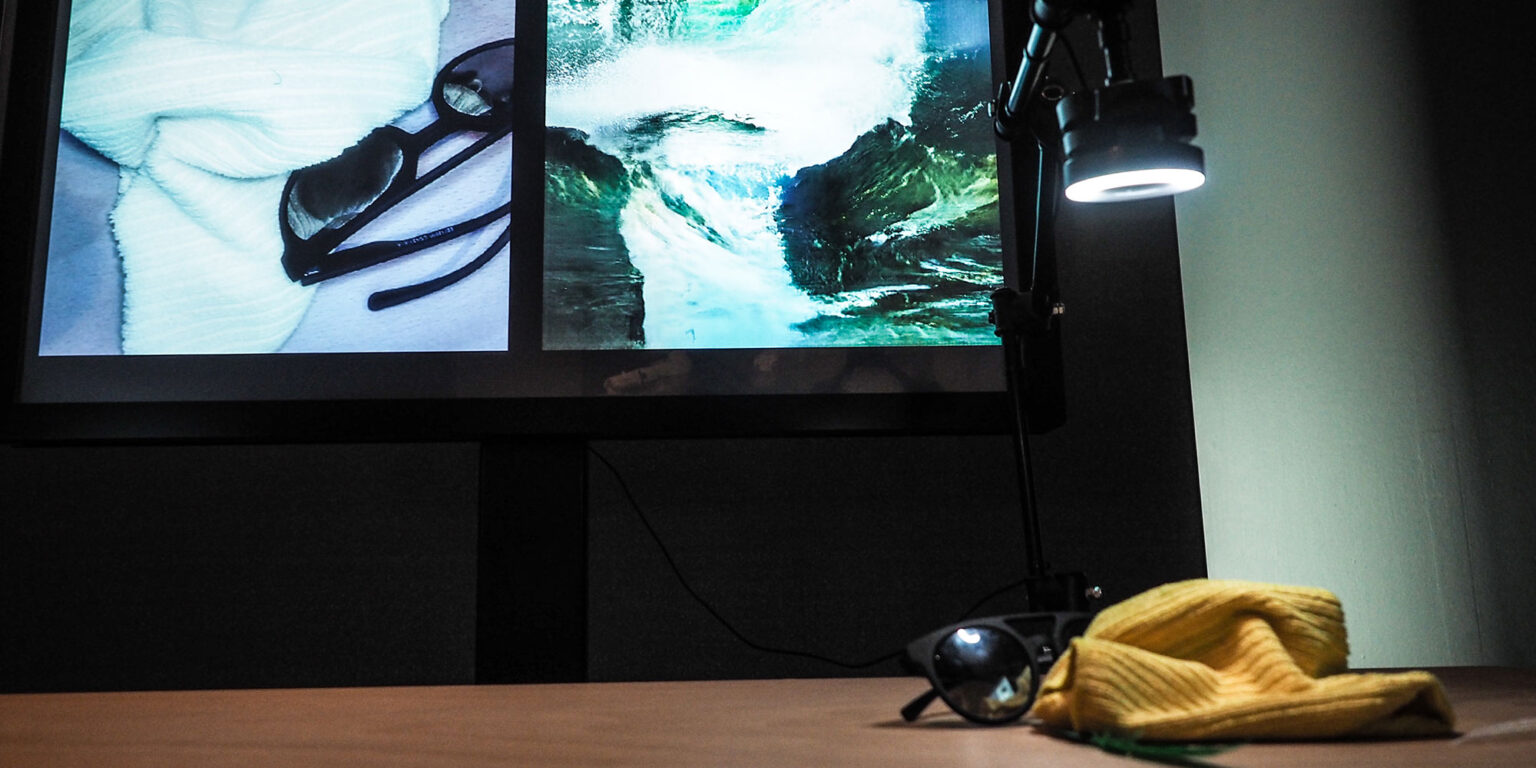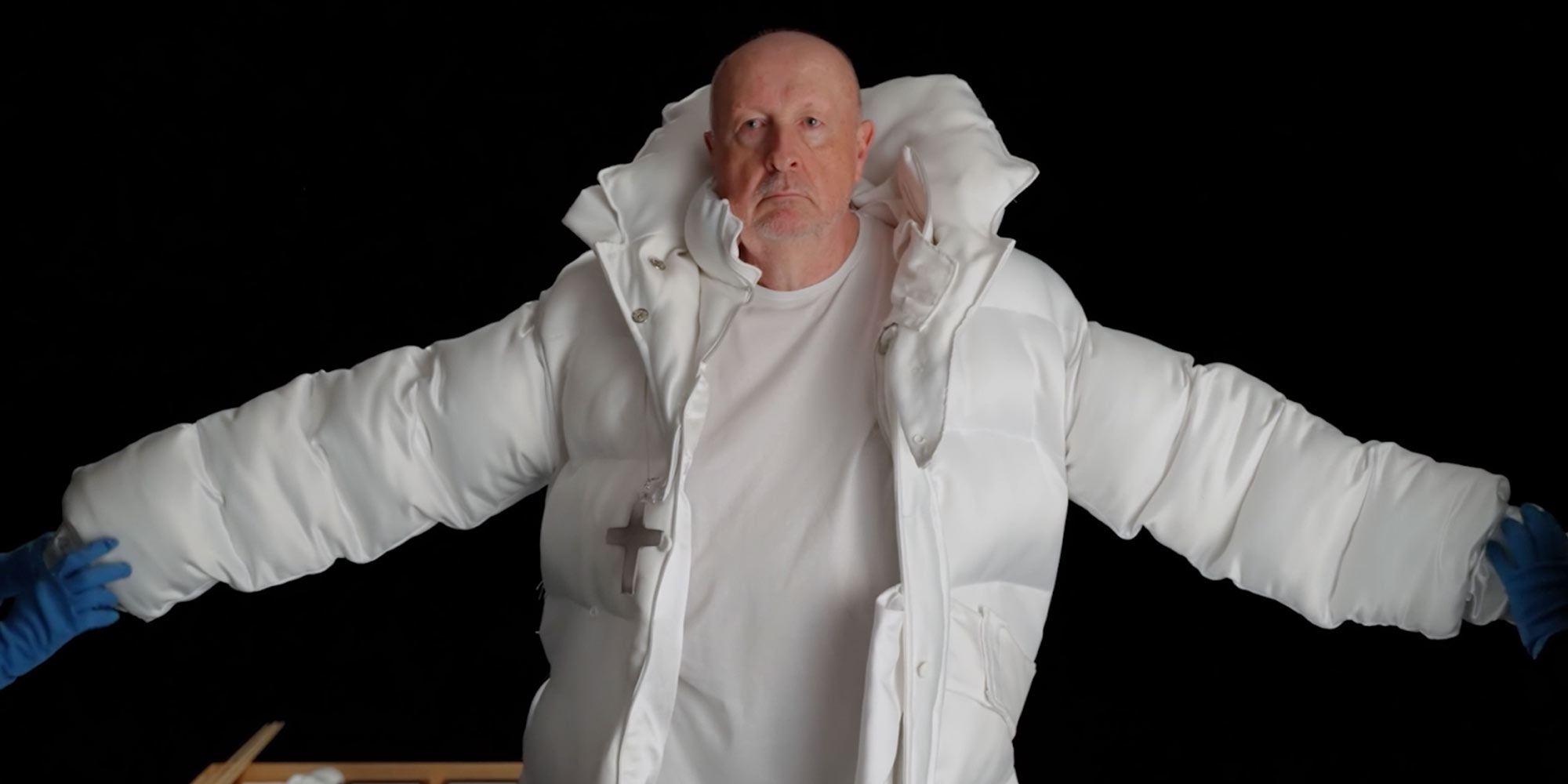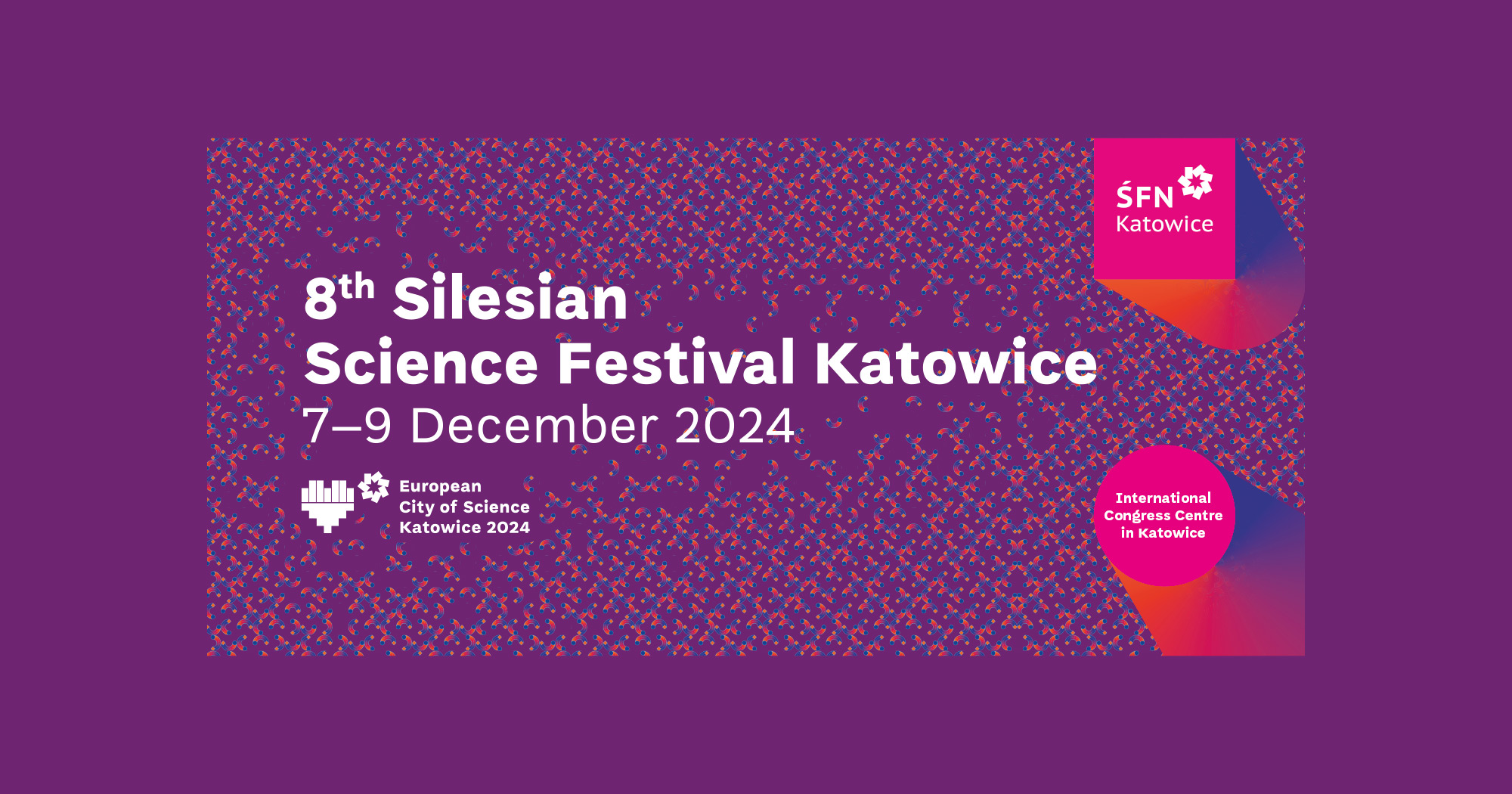Explore AI and its complexity through interactive artworks by Memo Akten, Martyna Marciniak and Ars Electronica Futurelab!
Type: Exhibition Participation
Duration: December 7-9, 2024
City, Country: Katowice, Poland
Venue: International Congress Centre Katowice, Poland
Ars Electronica is participating for the first time in the 8th Silesian Science Festival. As the grand finale of Katowice’s year as European City of Science 2024, the festival offers a diverse program of workshops, lectures, and interactive zones. Visitors can explore cutting-edge topics in science and technology, including special zones dedicated to space, gaming, and AI. Ars Electronica will be part of the AI Exhibition showcasing three interactive artworks that invite visitors to look inside and behind technology. These projects challenge the assumption that technology is inherently ‘smart’ urging us to look deeper—inside the machines, the data, and the systems that shape how we see the world.
Artworks
Ars Electronica Futurelab (AT)
How Convolutional Neural Networks See

This interactive installation shows how an AI model like the convolutional neural network (CNN) processes visual data. A CNN learns through many training samples to recognize certain objects. The network consists of several consecutive layers that have learned to recognize different characteristics in an image and pass on this information in turn to the next layer. Each screen represents a different layer, with the first layers recognizing primitive characteristics such as straight lines, colors, and curves and the next layers specializing in more complex forms.
The public is invited to place an object in front of the camera and watch on the 11 screens how the AI system “sees” by breaking down this information. If one puts a gorilla toy in front of the camera, the CNN will most likely identify it as a gorilla on the screen. But what happens if one is zooming in to only show the fur, or if it shows simultaneously a gorilla and a tiger? Will the system still manage to “see” a gorilla? The AI’s ability to identify objects accurately depends on the quality and scope of the dataset it was trained on. If the system was primarily trained with images of gorillas that focus on their faces, it may struggle to recognize a gorilla from other viewing angles.
Ars Electronica Futurelab is an artistic R&D laboratory. Together with worldwide partners, Futurelab aim to humanize technologies and inspire the public. They create tangible future prototypes and experiences: interactive installations, immersive artworks, technical solution approaches, workshops, experiments.
Website: ars.electronica.art/futurelab
Memo Akten (TR/US)
Learning to See: Gloomy Sunday

The artwork Learning to See is an interactive installation where live camera recordings are analyzed by a series of AI systems, also known as neural networks. Each of these AI systems is trained on a different data set: ocean, fire, clouds, or flowers. Consequently, an AI system, that is only trained on ocean images, will interpret any visual input as ocean scenes. As a result, when one places an object like a tissue or cables in front of the camera, the AI system generates an ocean image, even if that is not what is there.
This limitation mirrors our own human experience. Because we too, see things not as they are, but as we are. The picture we see in our conscious mind is not a mirror image of the outside world, but a reconstruction based on expectations and prior beliefs.
Learning to See is part of a broader line of research that reflects on how we (and machines) perceive the world. Through machine learning algorithms, it raises critical questions about the inherent biases that shape perception, demonstrating how sense-making is never neutral, but inevitably influenced by the frameworks and data that guide us.
Memo Akten is a multi-disciplinary artist born in Istanbul and based in Los Angeles. He creates Speculative Simulations and Data Dramatizations investigating the intricacies of human-machine entanglements.
Martyna Marciniak (PL/DE)
Anatomy Of Non-Fact: Chapter 1 – AI Hyperrealism

In the spring of 2023, a photo of the Pope wearing a stylish Balenciaga coat went viral on social media, triggering widespread curiosity. It was widely shared until it was revealed that the image, despite looking very real, was actually AI-generated and therefore fake.
In an age of visual communication marked by fakes, it becomes crucial to learn how to recognize when aesthetics take precedence over facts. In her research for Anatomy of Non-Fact, artist Martyna Marciniak delves into the topic of mis- and over-information in the context of the looming threat of synthetic images. She seeks a definition of the aesthetics of fact, via an in-depth analysis of visual hoaxes, fakes and conspiracies.
AI Hyperrealism, the first chapter of Anatomy of Non-Fact, engages with the hyperrealism of the so-called “Balenciaga Pope” image. The 18-minute video introduces a monologue delivered by a “Balenciaga Pope” impersonator, reflecting on the nature of fact. The work challenges the viewer’s trust in photographic images and authoritative sources of truth, bending traditional ideas of visual evidence. By creating a heightened sensation of uncanny, and a state of perpetual semi-recognition, the work explores the fragile boundary between reality and fiction, truth and deception.
The Digital Deal Podcast: Operational Hoaxes
Martyna Marciniak is a Polish, Berlin-based artist, researcher and 3D designer. Her work is an exploration of visual storytelling, and involves animation, film, writing and model-making. In her role as a researcher, she uses visual storytelling to draw attention to systemic violence and human-rights abuses.
Partner and Venue
Silesian Science Festival
The 8th Silesian Science Festival, taking place from 7 to 9 December at the International Congress Centre in Katowice, is a celebration of science and innovation. The festival offers a rich program of workshops, lectures, and interactive exhibits. Visitors can explore cutting-edge topics in science and technology, including special zones dedicated to space, gaming, and AI. With free admission and activities for all ages, it’s an exciting opportunity to discover new ideas and engage with experts from around the world.

